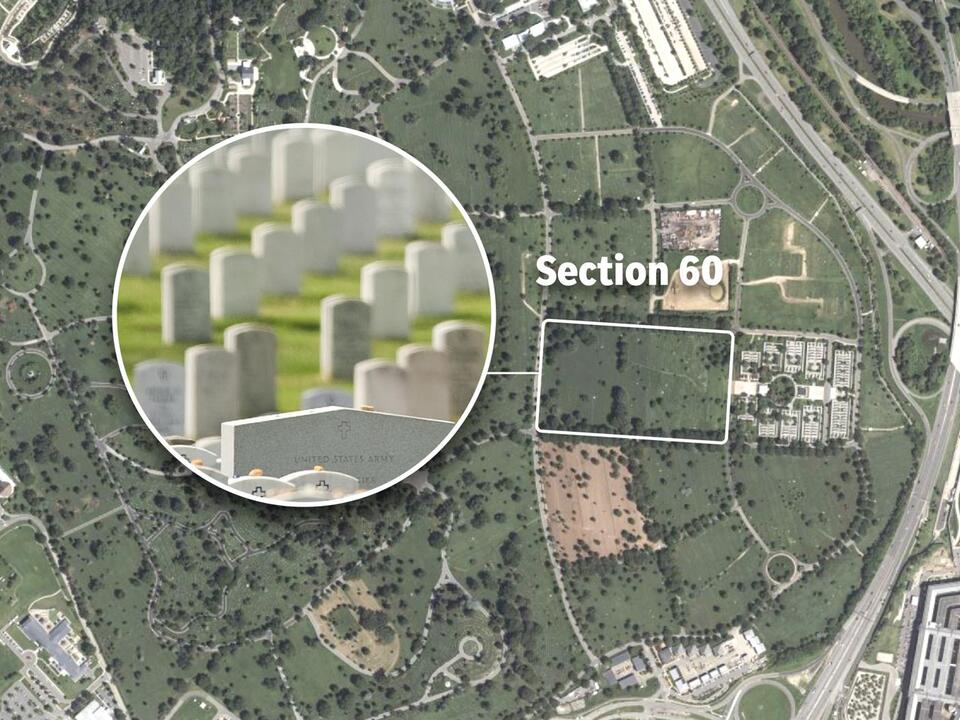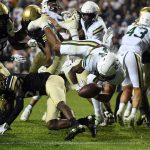Physical Address
304 North Cardinal St.
Dorchester Center, MA 02124
Physical Address
304 North Cardinal St.
Dorchester Center, MA 02124

The visit of former President Donald Trump to Arlington National Cemetery sparked significant controversy following reports of an altercation that took place between Trump’s campaign staff and a cemetery official. This official sought to enforce restrictions on photography within Section 60 of the cemetery, where such practices are prohibited.
Trump’s visit coincided with the commemoration of the 13 U.S. troops who lost their lives during the Abbey Gate attacks amid the U.S. withdrawal from Afghanistan in August 2021. This visit has led to scrutiny regarding the appropriateness of Trump’s actions in a hallowed space.
A member of Trump’s team reportedly disregarded the cemetery’s regulations, pushing past the official in Section 60 and allowing photography to continue despite the restrictions. Images of Trump, alongside family members of the slain servicemen, were shared across social media platforms.
The reaction from members of the military, various political figures, and the public has been largely critical, with many accusing Trump of exploiting the cemetery for political gain—an activity potentially in violation of federal law governing the use of national cemeteries.
On the day of his visit, Trump laid three wreaths at the Tomb of the Unknown Soldier, also known as the Tomb of the Unknowns, in memory of those who died as a result of the suicide bombing in Afghanistan. The wreaths honored the specific lives lost, including:
Following this ceremony, Trump moved on to visit Section 60, an area within Arlington National Cemetery dedicated primarily to veterans who served in Iraq and Afghanistan. This section spans a vast 14 acres and is particularly relevant given the recent conflicts.
Arlington National Cemetery operates under the jurisdiction of the U.S. Army, which imposes strict requirements for photography within its grounds. Media and organizations are required to obtain permits for such activities. Although individual visitors may take photographs, regulations explicitly prohibit any kind of recording for “partisan, political or fundraising purposes.”
This includes activities where individuals or groups attend for the support of a political candidate’s campaign. Such regulations are designed to preserve the solemnity and respect owed to the site.
During his visit to Section 60, Trump was accompanied by Utah Governor Spencer Cox, who is seeking reelection in 2024, as well as family members of the deceased soldiers who were reportedly supportive of Trump’s presence there. Meanwhile, journalists and photographers were kept at a distance from the section.
Reports emerged from NPR detailing that Trump’s campaign staff were filming the visit in Section 60. An official from the cemetery intervened in an attempt to uphold the photography restrictions, but according to witnesses, Trump’s staff verbally confronted and disregarded the official’s request. The incident raised eyebrows and prompted discussions around decorum at national memorials.
A senior official from the Defense Department, familiar with the situation, characterized the incident as a “minor altercation” with no legal consequences. The spokesperson for Trump’s campaign stated that the narrative of a physical confrontation, as reported, is inaccurate.
Among the 13 U.S. troops who perished in the suicide attack, three are interred at Arlington National Cemetery, while the remaining ten were laid to rest in cemeteries closer to their hometowns.
Source: USA TODAY Network reporting and research; Reuters; arlingtoncemetery.mil



